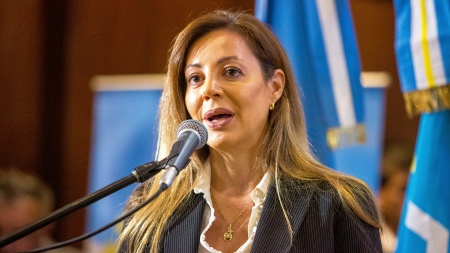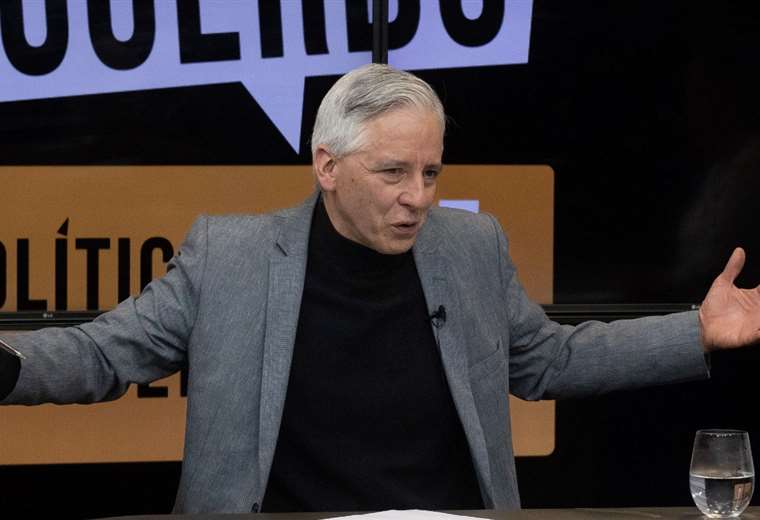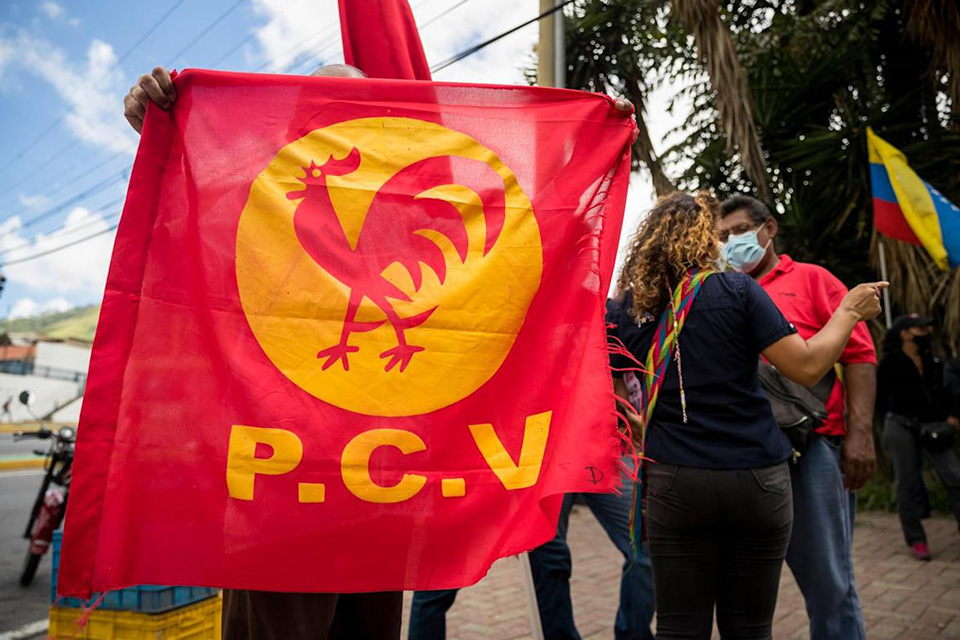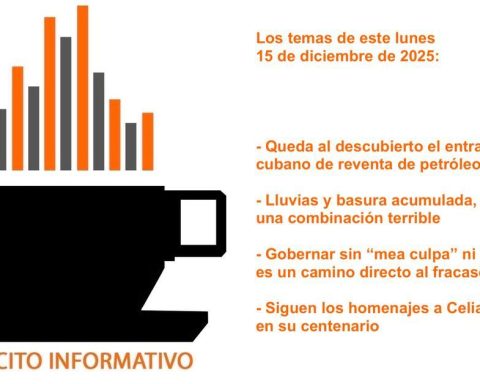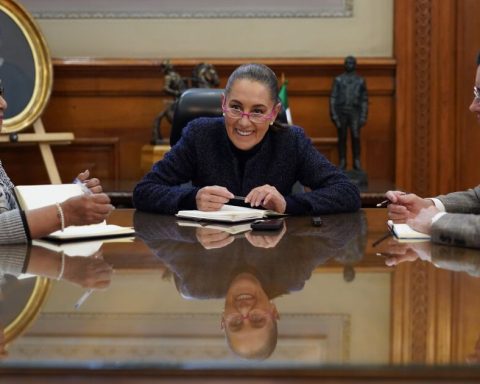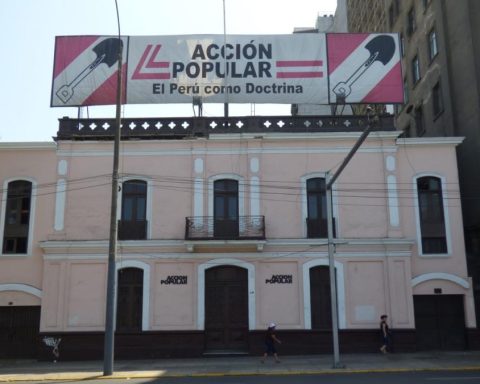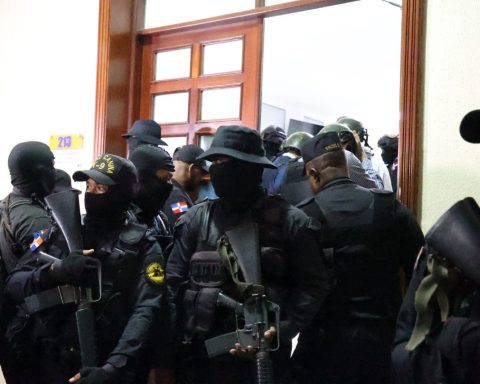The Secretary of Energy, Flavia Royonaffirmed this Sunday that the work on the Néstor Kirchner gas pipeline “will be finished in June 2023, this being the last year that Argentina is going to import LNG”, and anticipated that “both the first and second stages of the gas pipeline will reach 44 million meters cubic/day, will allow to supply not only gas to the entire country but also gas exports to neighboring countries”.
During a presentation at the most important mining companies meeting in the world -the PDAC (Prospectors & Developers Association of Canada), regarding the expectations regarding the participation of the mining industry and the energy sector in Argentina for 2023, Royón highlighted that “the Argentina has a matrix that is strengthening in energy matters and it has a competitive matrix in the region that gives an advantage to any project that is developed, in this way, the energy and mining sectors are the solution or part of it to the economic problem of Argentina, where the energy sector already has concrete results.”
“Every month we are breaking production records, the 55% of the gas in the country is unconventional gas that comes from Vaca Muertain turn, is the second natural gas reserve in the world and the fourth unconventional, so there is a learning curve where the production numbers are among the best in the world,” he stated when showing the results for 2022. .
In this sense, the construction of the Néstor Kirchner gas pipeline -started in August 2022- will allow the evacuation of dead cow production so that it reaches the center and north of the country, and “it will be finished in June 2023, this being the last year that Argentina will import LNG”he added.
In addition, the official anticipated that both the first and second stages of the pipeline will reach 44 million cubic meters/day, which will allow not only supplying gas to the entire country but also gas exports to neighboring countries.
“Every month we are breaking production records, 55% of the gas in the country is unconventional gas that comes from Vaca Muerta.Flavia Royon
In parallel, he mentioned that the agency is working on the LNG project through a law that seeks to stabilize tax incentives for these projects.
Then, he stressed that once the first stage of the pipeline is finished, the review of the north will be analyzed, which allows dead cow gas to reach the north of the country, which today depends on gas from Bolivia, being a “priority” and “strategic” project. , which will begin in April this year.

Argentina is also working on hydrogen projects because “It has great potential for renewable energy.”
“We are working on a bill that takes into account the competitive advantages of the country, highlighting renewable energy, the metal-mechanic and petrochemical industry to make hydrogen and the extensions of land in the south of the country that allow offshore wind energy, due to the proximity sea and deep-water ports”.
In terms of electrical energy, “Argentina has an interconnected system and we are in dialogue with international fundsbeing one of the most relevant projects the high voltage line that would connect Salta with Catamarca and later La Rioja, which will allow the incorporation of renewable energy projects such as wind or solar in the north in the power line, and which will reduce costs”.
Royón stressed that “we understand from the State that when we commit ourselves and provide the infrastructure in a country that has all the natural resources to allow the development of sectors that, based on the competitive energy matrix, we must take that step, and today we are strengthening the country to use renewable energy, and to adopt competitive advantages in mining development”.
Meanwhile, the Secretary of Mining, Fernanda Avilaexplained that “our country’s mining exports reached the best export result since 2012 at the end of 2022, with 3,852 million dollars, mainly driven by the dynamism of lithium.”
Avila remarked that “Mining in Argentina continued to grow and has been generating sustained employment for 27 months now. After the drop experienced during the pandemic, the numbers indicate that from July 2020 to October 2022, 6,780 jobs were created, going from 30,807 to 37,587 in just over two years. Although employment continues to be mostly male (89.5-10.5), in recent years there has been not only a growth in employment in the sector but also a clear increase in female employment”.
The official explained that “our projections indicate that by 2030 Argentina could increase its mining exports five times, and in terms of lithium we are on the way to six times production in the coming years.”
Also participating in the meeting were the deputy governors of Catamarca and San Juan, the highest mining authorities of the provinces of Santa Cruz, San Juan, Catamarca, Salta, Jujuy, La Rioja and Rio Negro; and representatives of state mining companies, business chambers, suppliers and unions.
